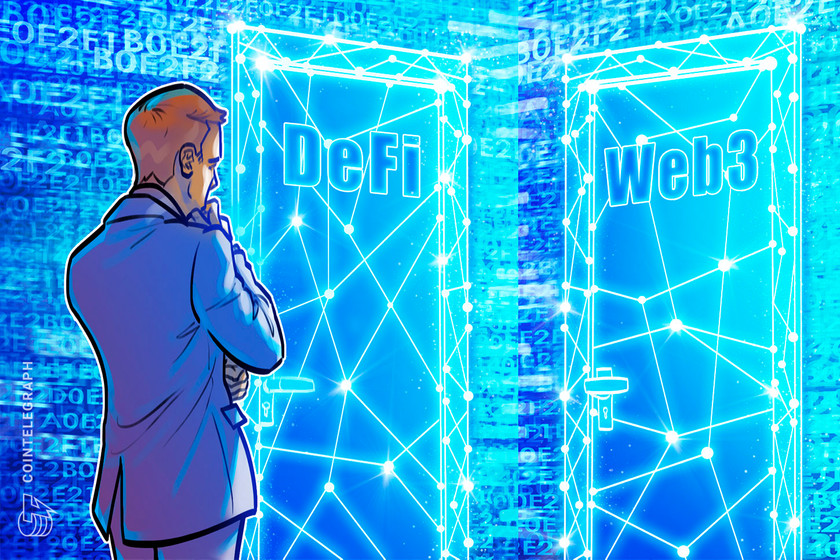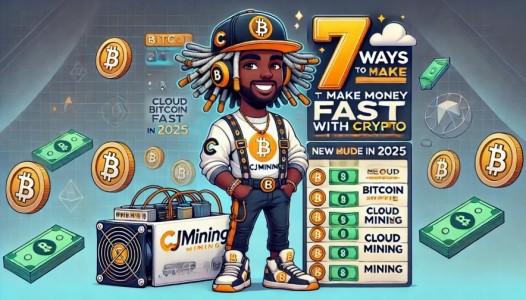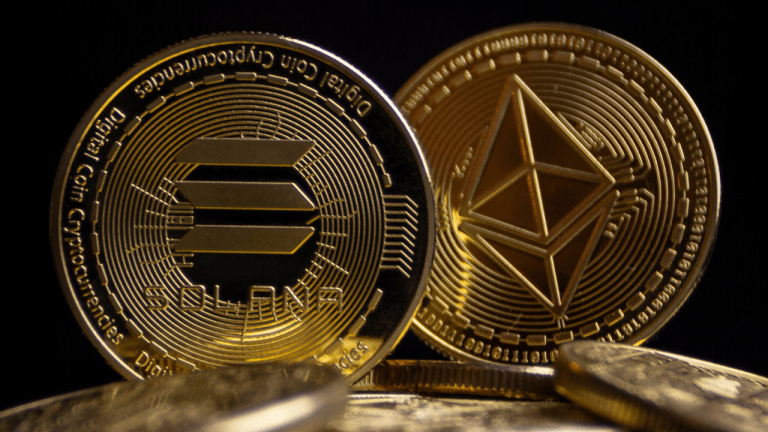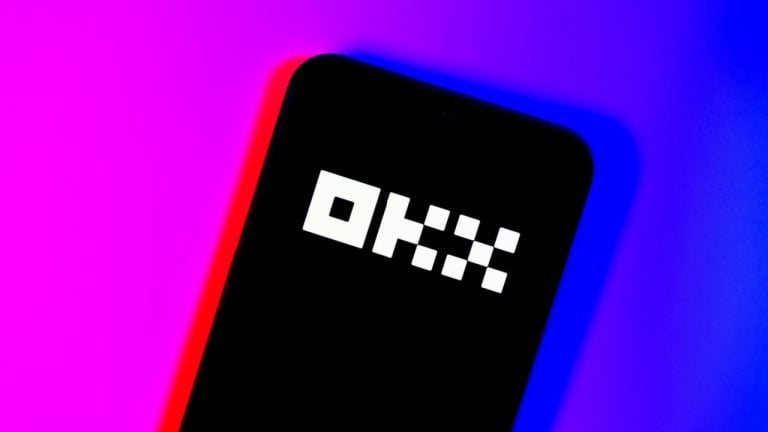DeFi vs. Web3: Key differences explained

DeFi is built on top of existing smart contract platforms like Ethereum, while Web3 is built on the internet itself. Here are other ways they differ.
What is the future of DeFi and Web3
In both cases, the success of DeFi and Web3 will depend on the continued development of blockchain technology and the willingness of individuals and organizations to adopt these new models. The future is uncertain, but the potential for a positive impact is significant.
For DeFi, there is a growing trend toward more innovation in the space, with the introduction of new financial products and services that have the potential to disrupt traditional finance. This includes decentralized exchanges, yield farming and stablecoins. There is also an increasing focus on user adoption and accessibility, which will likely drive further growth in the decentralized finance ecosystem.
Web3, on the other hand, is expected to play a significant role in the future of the internet. Decentralized infrastructure provides a number of advantages over traditional centralized systems, including greater security, privacy and ownership of data. The development of Web3 technologies is also expected to lead to a new generation of decentralized applications that will enable a more equitable and open internet.
DeFi vs. Web3: Various properties compared
Web3 uses blockchain technology to create a more equitable internet. The original vision of the internet was that it would be decentralized and accessible to everyone, but unfortunately, this vision has been lost, as the web has become increasingly centralized. DeFi is essentially Web3’s version of a more transparent financial system.
Permissionless
The term “permissionless” is used because there are no restrictions on who can participate in these networks. Those who participate can do so without any limits or barriers.
The difference between DeFi and Web3 lies in their implementation and how developers use them. DeFi is primarily built on blockchains and is used to enable financial services without a central authority.
Web3 is a broader term encompassing DeFi and other decentralized technologies, such as DApps, nonfungible tokens (NFTs) and DAOs.
Decentralized
Decentralization refers to the ability to function without being controlled by a centralized intermediary. DeFi and Web3 are both designed to be decentralized. Web3 is an effort to construct a decentralized, open network free from centralization by utilizing peer-to-peer protocols. Similarly, DeFi uses blockchain technology to transact without relying on centralized entities like banks.
Interoperable
The term “blockchain interoperability” describes how well different blockchains can communicate. This allows them to freely exchange data, tokenized assets and other technology.
In a centralized world, this provides easy access to one’s data across several applications through centrally stored data. DeFi services residing in a shared blockchain network are interoperable with one another.
Custody
In terms of custodial control, DeFi applications are typically noncustodial, meaning that users hold the private keys to their funds and assets, giving them full control and ownership.
On the contrary, Web3 applications can also be noncustodial, depending on the specific application, but some may also be custodial, where a third party holds the private keys and controls the assets.
Cryptographically verifiable
DeFi chains and Web3 blockchain systems are designed to be impervious to tampering, with records on the chain verified through cryptography. This not only helps to make the system more transparent and secure, but it also makes falsifying any records on the blockchain impossible.
Economic and governance systems
Both DeFi and Web3 use asset tokenization and decentralized governance mechanisms for their economies. By utilizing proof-of-stake (PoS) technology, several blockchain and DeFi platforms give users a voice in the platforms’ future development.
Digital assets are fractional, divisible and available for purchase in amounts as small as $1. This has led to a surge in interest from new users who previously held no prior interest in trading due to the perceived high barriers to entry.
The summary of DeFi vs. Web3 is listed in the table below:

How does Web3 benefit DeFi?
Web3 technology enhances the decentralized and secure nature of DeFi, enabling greater trust, transparency and accessibility in the financial system.
With cryptocurrency’s popularity skyrocketing, more and more individuals are looking to participate in the system, whether it’s by owning, trading or selling cryptocurrency or creating cryptocurrency projects.
The growing interest further sped up the development of blockchain and Web3. However, a lot still remains to be done. Web3 is thought to be the internet’s future and could change how money works.
The capacity to handle the volume of potential consumers wishing to support DeFi and digital transactions will be one of Web3’s advantages. Every year, there is considerable growth in internet users. These accounted for 5.07 billion people in 2022 or 63% of the world’s population. Thus, once users convert to Web3 instead of Web2, the number of DeFi participants will increase, too.
Moreover, the increasing popularity of using digital assets as payment is helping younger and newer generations become accustomed to living without cash. With how fast technology adapts, Web3 and DeFi will likely become a daily part of our lives in the near future.
What is DeFi, and how does it work?
Decentralized finance is a type of financial system that runs independently of a central authority, such as a bank, and enables users to conduct financial transactions directly with one another. This comprises peer-to-peer (P2P) transactions like lending and loans that are governed by smart contracts.
DeFi is an effort to combat centralized institutions, such as the government or banks, that are thought to have too much control over our data and assets. DeFi is meant to be permissionless in that it allows all users the ability to participate in the system, and transactions do not need to be authorized by an institution.
DeFi has one more inherent characteristic: transparency; it allows all transactions to be in the purview of everyone in the system.
DeFi’s ecosystem consists of the following:
Layer 1
Layer 1 is the base network or blockchain on which DeFi tokens, protocols, apps and smart contracts are built. Examples of layer-1 networks include Ethereum, Bitcoin, BNB Smart Chain and Polkadot.
Decentralized exchanges
A decentralized exchange (DEX) is a platform where users can buy, sell and trade digital assets without the involvement of a centralized system or authorized third parties. Rather than centralized organizations, smart contracts — self-executing contracts expressed in computer code — take their place.
Aggregators and wallets
Aggregators are decentralized interfaces that let users manage assets across various yield-farming platforms to maximize profits. For instance, RocketX and 1inch are aggregators that offer access to liquidity. On RocketX, one can swap from one wallet and receive tokens on a different wallet with a single click, allowing users to navigate through both centralized and decentralized platforms.
Decentralized marketplaces
Instead of an exchange, decentralized marketplaces allow users to undertake peer-to-peer transactions with one another without the need for an intermediary.
What is Web3, and how does it work?
The way people engage with technology, particularly in finance, has changed significantly along with the development of the internet over time. The division of these developments is known as Web1, Web2 and Web3.
Web1 is essentially the first iteration of the internet from the 1990s to the 2000s. Websites mainly consisted of static HTML pages and were not interactive. There was no infrastructure set up to accommodate financial transactions.
Web2 is when the internet started to become more interactive. It’s an era characterized by mobile applications, social media, and online content consumption. Fiat transactions over the internet were made possible.
During this time, however, there were several security holes, such as data privacy breaches and major hacker attacks. People had had enough of trusting third parties with their personal information only to discover that they were selling it.
Web3 has stepped in to address the fundamental problems found in Web2. Instead of relying on enterprises, Web3 provides users with a sense of ownership through blockchain technology. With decentralization at the forefront, Web3 saw the emergence of Bitcoin (BTC) and other cryptocurrencies, decentralized apps (DApps) and DeFi.
Related: What is Web 3.0: A beginner’s guide to the decentralized internet of the future
With Web3, users will once again have control over their data thanks to blockchain technology and decentralized storage. They will also have complete discretion over what parties get access to their information.
Is DeFi a part of Web3?
DeFi is an emerging financial system within Web3 that provides new forms of value and utility that aren’t present in conventional financial systems.
Web3 is a new paradigm for the internet. It’s based on using blockchain technology to make the internet fairer and more decentralized by giving users control of their own data, identity and money.
Decentralized finance (DeFi) is an emerging financial system within Web3 that provides new forms of value and utility that aren’t present in conventional financial systems. The main difference between Web3 and DeFi is that DeFi is built on top of existing smart contract platforms, such as Ethereum, while Web3 is built on the internet itself.
Essentially, DeFi and the decentralized internet (Web3) are two separate but related areas of technological innovation. They both involve creating an alternative version of the internet or finance that is more decentralized and securer than their centralized counterparts.









